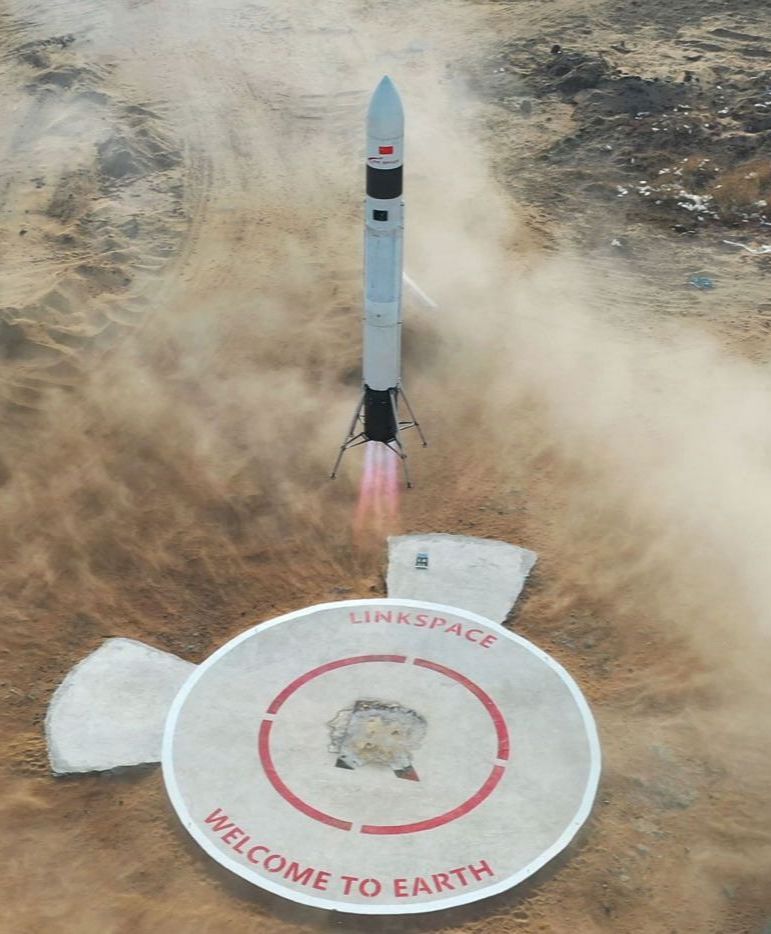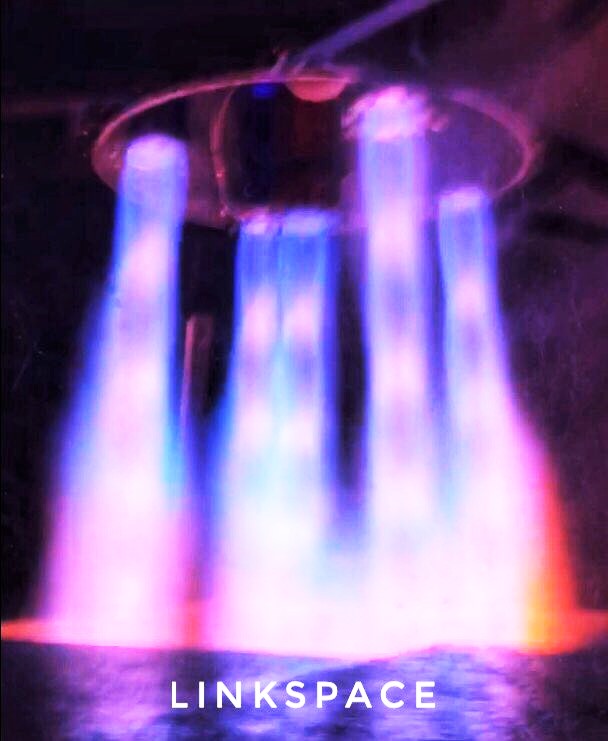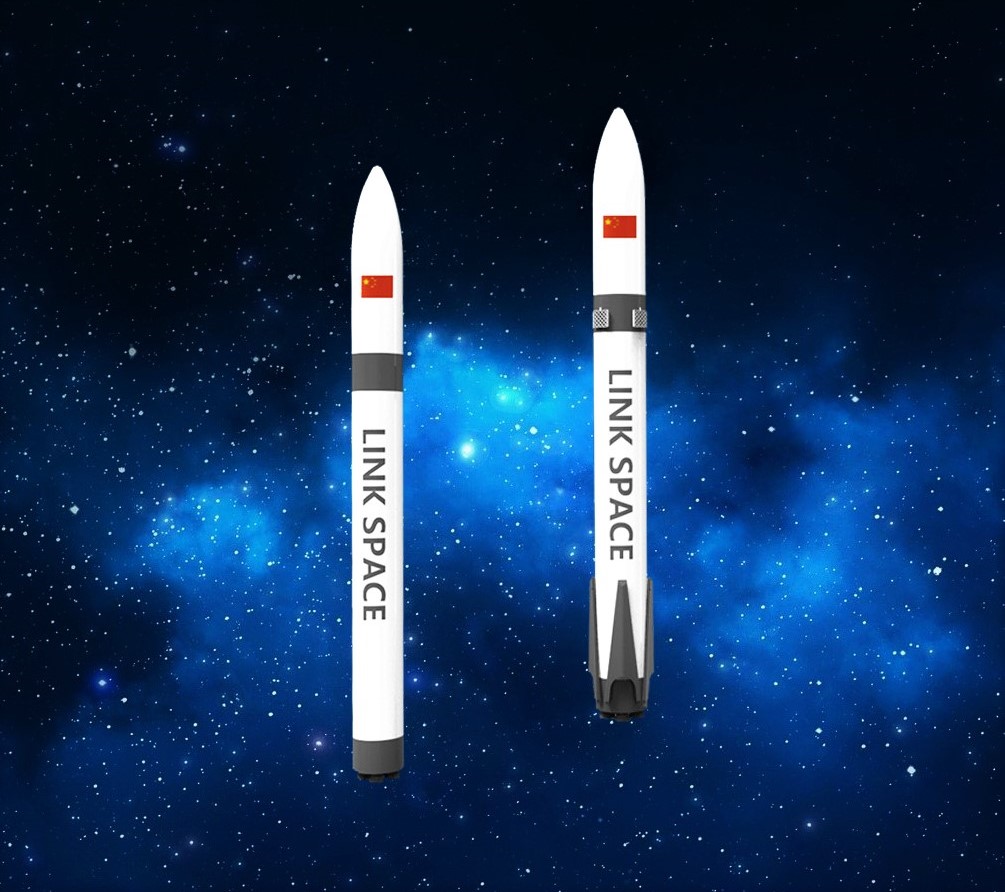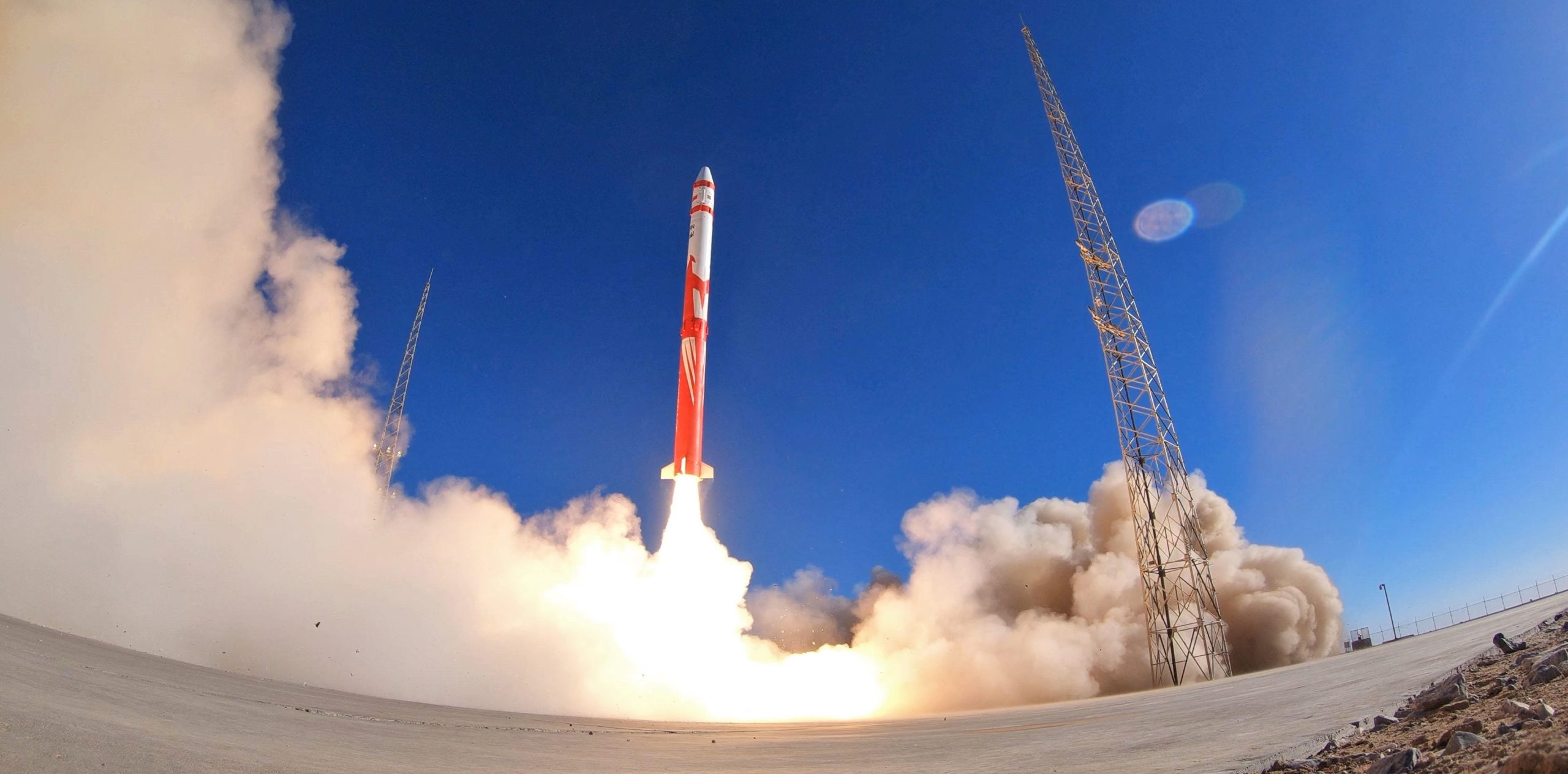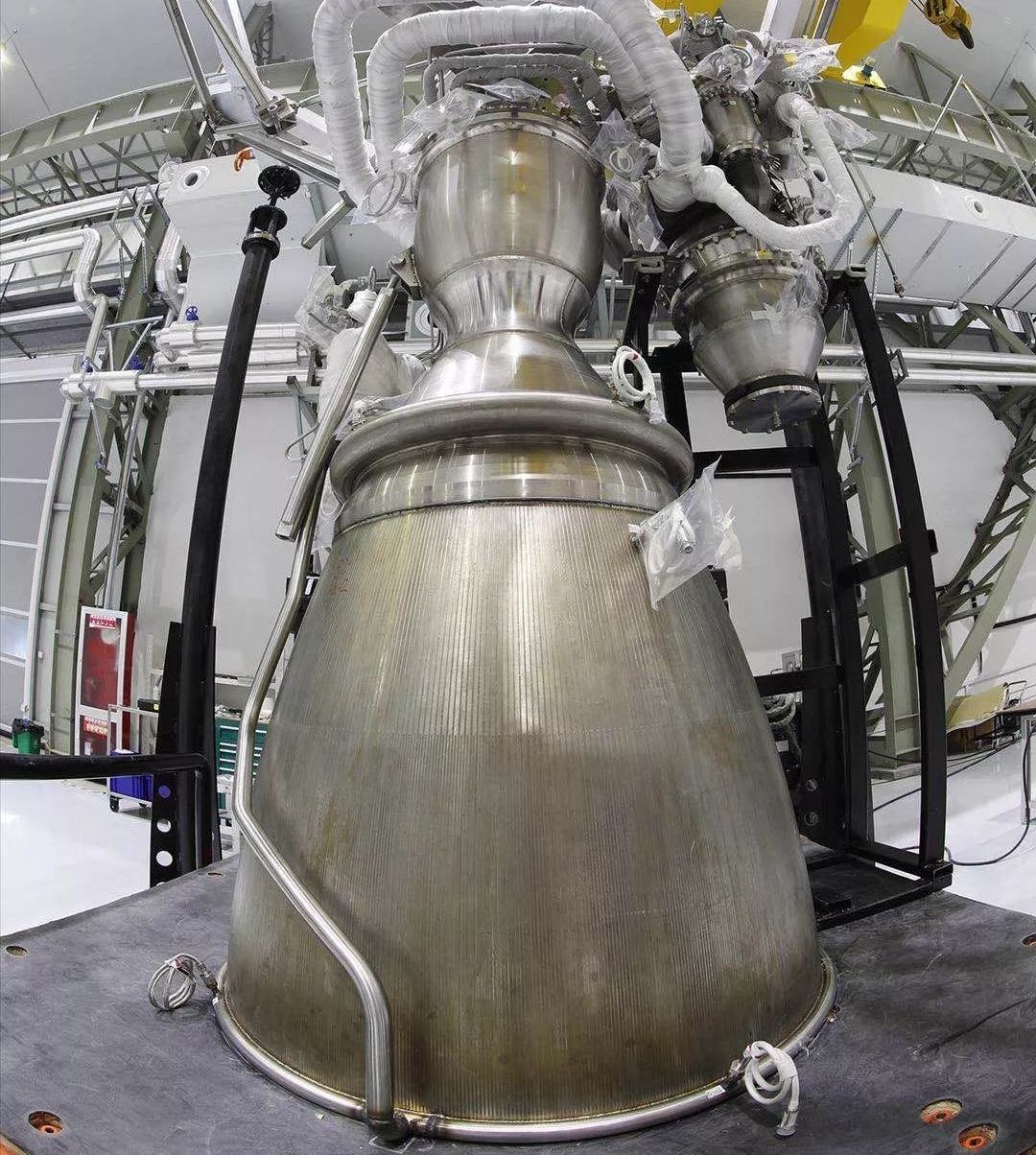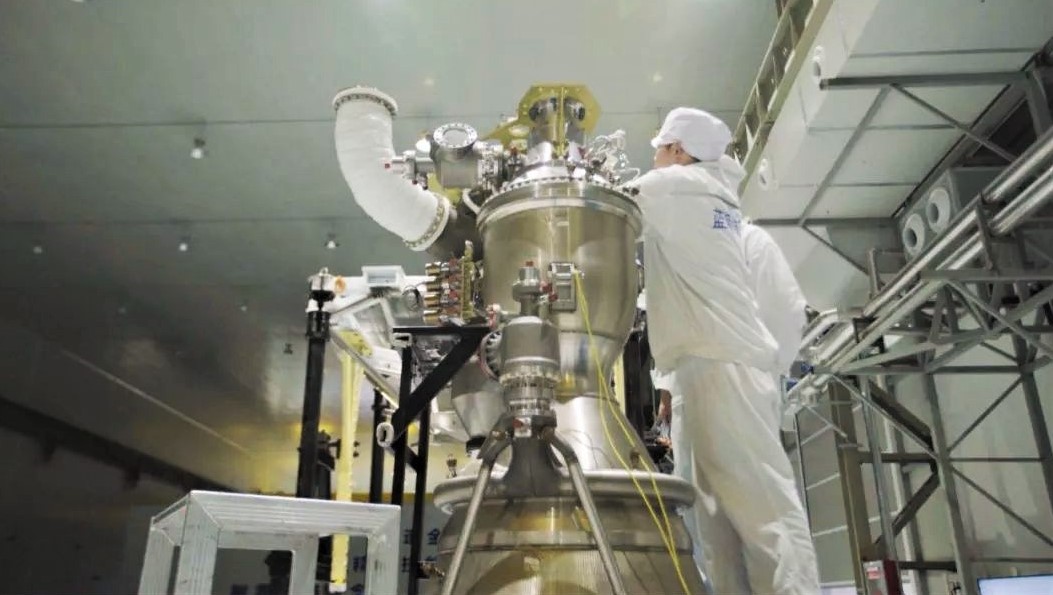News
DeepSpace: Chinese rocket startups make tangible progress on the path to orbital launch

In the last six or so months, a range of small Chinese rocket startups have begun to make serious progress in the nascent commercial industry, including several inaugural orbital launch attempts, extensive propulsion testing, and more. Rising above the fray are a handful of uniquely notable companies: Landspace, Linkspace, OneSpace, and iSpace (creative, I know).
While the names leave something lacking, several companies have truly impressive ambitions and can already point to major tech development programs as evidence for their follow-through. Linkspace is arguably the most interesting company with respect to what they are doing today, while Landspace has the ambition and expertise to build and launch some truly capable rockets in the near-term.
OneSpace & iSpace
- OneSpace recently made its first attempt at orbital launch after completing an OS-M1 rocket, nominally capable of placing 200 kg (450 lb) in a 300 km (190 mi) low Earth orbit (LEO). The March 2019 attempt failed 45 seconds into launch, likely caused by an improperly-installed gyroscope that guided the rocket in the wrong direction.
- This failure is by no means a bad thing. Reaching orbit on one’s first try is extraordinarily rare, particularly for private companies with no prior experience developing launch vehicles. SpaceX’s first three Falcon 1 launches failed before success was found on Flight 4. Rocket Lab’s Electron launch debut was forced to abort before reaching orbit due to faulty third-party communications equipment.
- OneSpace has several additional suborbital OS-X launches and may be able to attempt one additional OS-M1 orbital launch before the end of 2019.
- Down the road, the company wants to enhance its payload capabilities by adding additional solid rocket strap-on boosters to OS-M1 (designated M2 and M4). OS-M4 would be able to launch as much as 750 kg (1650 lb) into LEO.
- iSpace is in a similar boat. Its Hyperbola-1 rocket relies on three solid stages and a liquid fourth stage and is designed to place 300 kg (660 lb) into LEO. iSpace has plans to attempt the company’s first orbital launch as early as June 2019.
- Having already raised more than $100M in investment, iSpace also has strong backing for the development of its next-gen Hyperbola-2 rocket. The methalox-based vehicle will have a reusable booster capable of vertical landings and should be able to launch almost 2 tons to LEO. The rocket’s first launch is expected to occur no earlier than late 2020.



Linkspace
- In April 2019, Linkspace began flight-testing a sort of miniature version of SpaceX’s Falcon 9 Grasshopper testbed. Known as NewLine Baby, the small suborbital prototype is designed to improve the company’s technical familiarity with vertically landing orbital-class rocket boosters after missions. Thus far, hop testing has been a great success.
- Baby weighs 1.5 t (1100 lb), is 8.1m (27 ft) tall, and is powered by five liquid methane and oxygen (methalox) rocket engines.
- The company hopes to transfer the knowledge gained into NewLine-1, a partially reusable orbital-class rocket designed to place 200 kg in LEO. Linkspace could attempt their first orbital launch as early as 2021.
- The two-stage rocket’s booster would separate a few minutes into launch and attempt a vertical landing on a pad or boat, the same approach SpaceX has used with unprecedented success.
- The similarities with SpaceX’s Falcon 9 are honestly not the worst thing. SpaceX has no patent on vertically landing rockets and has never attempted to corner the industry. Copying a successful new paradigm is certainly better than doing nothing.
- (For the record, Blue Origin did the exact opposite and attempted to patent vertically landing rockets at sea in 2014, before the company had conducted a single serious launch and at the same time as SpaceX was already planning barge recoveries of Falcon 9 boosters.)
- One could even say that Linkspace and several other Chinese companies are actually doing better than industry heavyweights like ULA and Arianespace by simply embracing the new paradigm, as opposed to denial, pearl-clutching, and half-measure responses.
Landspace
- Finally, there is Landspace. Perhaps the most exciting company of the bunch, Landspace is developing a fairly large methalox launch vehicle named ZhuQue-2 (ZQ-2). Powered by several fairly large TQ-12 liquid rocket engines, ZQ-2 is designed to launch up to 4t (8800 lb) to an orbit of 200 km (120 mi) and would produce up to 2650 kN (600,000 lbf) of thrust at liftoff, about a third of SpaceX’s Falcon 9.
- The two-stage ZQ-2 is not currently being designed for reusability, but an upgraded three-stage variant (ZQ-2A) would feature a much larger payload fairing and improve payload performance to 200 km by 50%, from 4t to 6t.
- Landspace will attempt ZQ-2’s inaugural launch as early as 2020. Critically, the company is just completed the first full-scale prototype of the TQ-12 engine meant to power the rocket and could begin static fire tests just a month or two from now.
- Tianque-12 (TQ-12) is a fairly unique engine. Powered by liquid methane and oxygen (methalox), TQ-12 uses a gas-generator propulsion cycle and is designed to produce up to 80t (175,000 lbf) of thrust. In a sense, TQ-12 is basically a slightly less powerful methalox variant of SpaceX’s Merlin 1D engine.
- The fact that Landspace is already in a position to begin static fire tests of the engine powering its next-gen rocket bodes very well for the company’s future plans. At a minimum, it likely means that Landspace is much closer to offering multi-ton commercial launch services compared to its competitors.
- Aside from its next-gen ambitions, Landspace has also developed a much smaller three-stage rocket known as ZQ-1. Capable of launching up to 300 kg into LEO, ZQ-1 nearly reached orbit on its October 2018 launch debut, failing midway through its third-stage burn.
- For now, the Chinese launch startup scene is downright frenetic. The title of “first private Chinese company to reach orbit” has yet to be awarded, and more than half a dozen groups are practically racing to secure it.
Mission Updates:
- SpaceX’s CRS-17 Cargo Dragon spacecraft successfully rendezvoused and berthed with the ISS on May 6th.
- Potentially less than two weeks after the Falcon 9’s May 4th CRS-17 launch, SpaceX’s first dedicated Starlink mission is scheduled to occur as early as May 13th, although delays of a few days are likely.
- SpaceX’s second West Coast launch of 2019 – carrying Canada’s Radarsat Constellation – finally has an official launch date – June 11th. The mission will reuse Falcon 9 B1051.
- Falcon Heavy’s third launch remains tentatively scheduled no earlier than June 22nd.
Photo of the Week

Falcon 9 B1056 returned to dry ground less than 24 hours after launching CRS-17 and landing aboard drone ship Of Course I Still Love You (OCISLY). (Tom Cross)

News
Tesla aims to combat common Full Self-Driving problem with new patent
Tesla writes in the patent that its autonomous and semi-autonomous vehicles are heavily reliant on camera systems to navigate and interact with their environment.

Tesla is aiming to combat a common Full Self-Driving problem with a new patent.
One issue with Tesla’s vision-based approach is that sunlight glare can become a troublesome element of everyday travel. Full Self-Driving is certainly an amazing technology, but there are still things Tesla is aiming to figure out with its development.
Unfortunately, it is extremely difficult to get around this issue, and even humans need ways to combat it when they’re driving, as we commonly use sunglasses or sun visors to give us better visibility.
Cameras obviously do not have these ways to fight sunglare, but a new patent Tesla recently had published aims to fight this through a “glare shield.”
Tesla writes in the patent that its autonomous and semi-autonomous vehicles are heavily reliant on camera systems to navigate and interact with their environment.

The ability to see surroundings is crucial for accurate performance, and glare is one element of interference that has yet to be confronted.
Tesla described the patent, which will utilize “a textured surface composed of an array of micro-cones, or cone-shaped formations, which serve to scatter incident light in various directions, thereby reducing glare and improving camera vision.”

The patent was first spotted by Not a Tesla App.
The design of the micro-cones is the first element of the puzzle to fight the excess glare. The patent says they are “optimized in size, angle, and orientation to minimize Total Hemispherical Reflectance (THR) and reflection penalty, enhancing the camera’s ability to accurately interpret visual data.”
Additionally, there is an electromechanical system for dynamic orientation adjustment, which will allow the micro-cones to move based on the angle of external light sources.
This is not the only thing Tesla is mulling to resolve issues with sunlight glare, as it has also worked on two other ways to combat the problem. One thing the company has discussed is a direct photon count.
CEO Elon Musk said during the Q2 Earnings Call:
“We use an approach which is direct photon count. When you see a processed image, so the image that goes from the sort of photon counter — the silicon photon counter — that then goes through a digital signal processor or image signal processor, that’s normally what happens. And then the image that you see looks all washed out, because if you point the camera at the sun, the post-processing of the photon counting washes things out.”
Future Hardware iterations, like Hardware 5 and Hardware 6, could also integrate better solutions for the sunglare issue, such as neutral density filters or heated lenses, aiming to solve glare more effectively.
Elon Musk
Delaware Supreme Court reinstates Elon Musk’s 2018 Tesla CEO pay package
The unanimous decision criticized the prior total rescission as “improper and inequitable,” arguing that it left Musk uncompensated for six years of transformative leadership at Tesla.

The Delaware Supreme Court has overturned a lower court ruling, reinstating Elon Musk’s 2018 compensation package originally valued at $56 billion but now worth approximately $139 billion due to Tesla’s soaring stock price.
The unanimous decision criticized the prior total rescission as “improper and inequitable,” arguing that it left Musk uncompensated for six years of transformative leadership at Tesla. Musk quickly celebrated the outcome on X, stating that he felt “vindicated.” He also shared his gratitude to TSLA shareholders.
Delaware Supreme Court makes a decision
In a 49-page ruling Friday, the Delaware Supreme Court reversed Chancellor Kathaleen McCormick’s 2024 decision that voided the 2018 package over alleged board conflicts and inadequate shareholder disclosures. The high court acknowledged varying views on liability but agreed rescission was excessive, stating it “leaves Musk uncompensated for his time and efforts over a period of six years.”
The 2018 plan granted Musk options on about 304 million shares upon hitting aggressive milestones, all of which were achieved ahead of time. Shareholders overwhelmingly approved it initially in 2018 and ratified it once again in 2024 after the Delaware lower court struck it down. The case against Musk’s 2018 pay package was filed by plaintiff Richard Tornetta, who held just nine shares when the compensation plan was approved.
A hard-fought victory
As noted in a Reuters report, Tesla’s win avoids a potential $26 billion earnings hit from replacing the award at current prices. Tesla, now Texas-incorporated, had hedged with interim plans, including a November 2025 shareholder-approved package potentially worth $878 billion tied to Robotaxi and Optimus goals and other extremely aggressive operational milestones.
The saga surrounding Elon Musk’s 2018 pay package ultimately damaged Delaware’s corporate appeal, prompting a number of high-profile firms, such as Dropbox, Roblox, Trade Desk, and Coinbase, to follow Tesla’s exodus out of the state. What added more fuel to the issue was the fact that Tornetta’s legal team, following the lower court’s 2024 decision, demanded a fee request of more than $5.1 billion worth of TSLA stock, which was equal to an hourly rate of over $200,000.
Delaware Supreme Court Elon Musk 2018 Pay Package by Simon Alvarez
News
Tesla Cybercab tests are going on overdrive with production-ready units
Tesla is ramping its real-world tests of the Cybercab, with multiple sightings of the vehicle being reported across social media this week.

Tesla is ramping its real-world tests of the Cybercab, with multiple sightings of the autonomous two-seater being reported across social media this week. Based on videos of the vehicle that have been shared online, it appears that Cybercab tests are underway across multiple states.
Recent Cybercab sightings
Reports of Cybercab tests have ramped this week, with a vehicle that looked like a production-ready prototype being spotted at Apple’s Visitor Center in California. The vehicle in this sighting was interesting as it was equipped with a steering wheel. The vehicle also featured some changes to the design of its brake lights.
The Cybercab was also filmed testing at the Fremont factory’s test track, which also seemed to involve a vehicle that looked production-ready. This also seemed to be the case for a Cybercab that was spotted in Austin, Texas, which happened to be undergoing real-world tests. Overall, these sightings suggest that Cybercab testing is fully underway, and the vehicle is really moving towards production.
Production design all but finalized?
Recently, a near-production-ready Cybercab was showcased at Tesla’s Santana Row showroom in San Jose. The vehicle was equipped with frameless windows, dual windshield wipers, powered butterfly door struts, an extended front splitter, an updated lightbar, new wheel covers, and a license plate bracket. Interior updates include redesigned dash/door panels, refined seats with center cupholders, updated carpet, and what appeared to be improved legroom.
There seems to be a pretty good chance that the Cybercab’s design has been all but finalized, at least considering Elon Musk’s comments at the 2025 Annual Shareholder Meeting. During the event, Musk confirmed that the vehicle will enter production around April 2026, and its production targets will be quite ambitious.
